Evidence mounts that Mars once hosted life-friendly places.
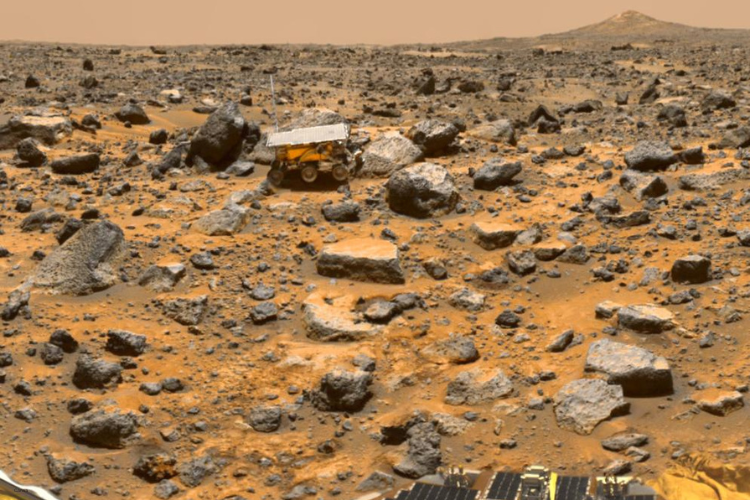
Recent findings from NASA’s Perseverance rover and supporting instruments suggest that ancient Mars contained multiple environments capable of supporting life as we know it. By studying mineral signatures and chemical processes in Jezero Crater’s rocks, scientists have built a stronger case for ancient habitability, not necessarily life itself, but conditions that could have made it possible. This changes how we think about Mars’s past and sharpens the focus for future exploration.
These discoveries bridge geology, chemistry, and biology, weaving a narrative of shifting waters, evolving climates, and tantalizing potential for biological activity long ago.
1. Perseverance found nodules enriched in iron phosphate and sulfide.

The rover’s instruments detected tiny “poppy seed” and “leopard spot” mineral textures in mudstone samples that show enrichment in iron phosphate and sulfide. On Earth, those mineral forms often correlate with microbial processes that manipulate redox chemistry in sediments, hinting at possible ancient bioactivity. Researchers emphasize that these findings do not prove life, but they strengthen the case for Mars having once supported complex chemistry consistent with habitability (as reported by Reuters).
This mineral evidence suggests that after sediment deposition, chemical reactions reorganized elements in ways that might require energy sources and organic precursors. The presence of these signatures in clay-rich rock opens the door to hypothesizing how ancient Mars might have functioned as a habitable environment.
2. Organic carbon was identified in Martian mudstones.
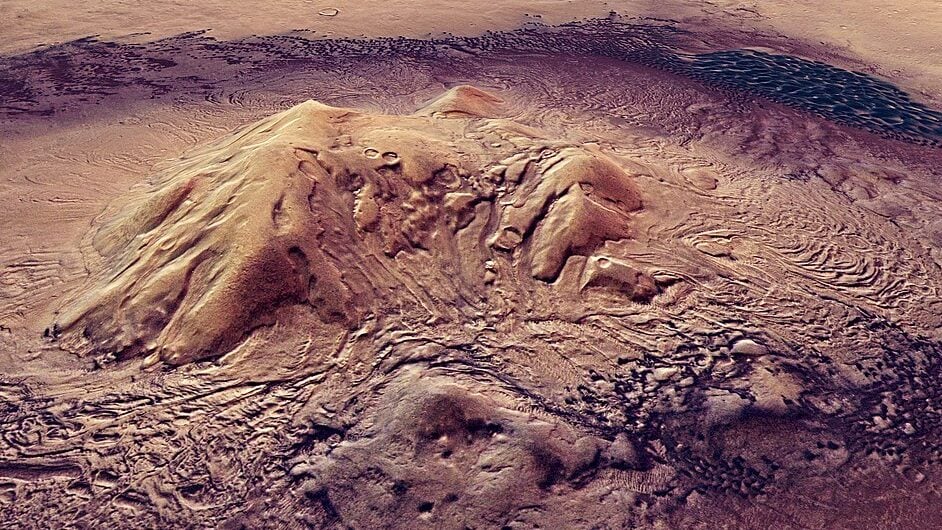
According to mission data, the rock layers analyzed in the Bright Angel formation include organic carbon compounds associated with the iron-rich nodules. That organic matter is not proof of biology—organic carbon can arise abiotically—but its coexistence with reactive minerals in ancient lake deposits increases interest in a possible biological history.
When organic carbon and favorable minerals appear in the same strata, it strengthens arguments that energy gradients and chemical pathways existed. That connection draws a more complete picture of an ancient Mars where chemistry and water might combine to support life-friendly niches.
3. Mars exhibited transitions between acidic and alkaline watery phases.
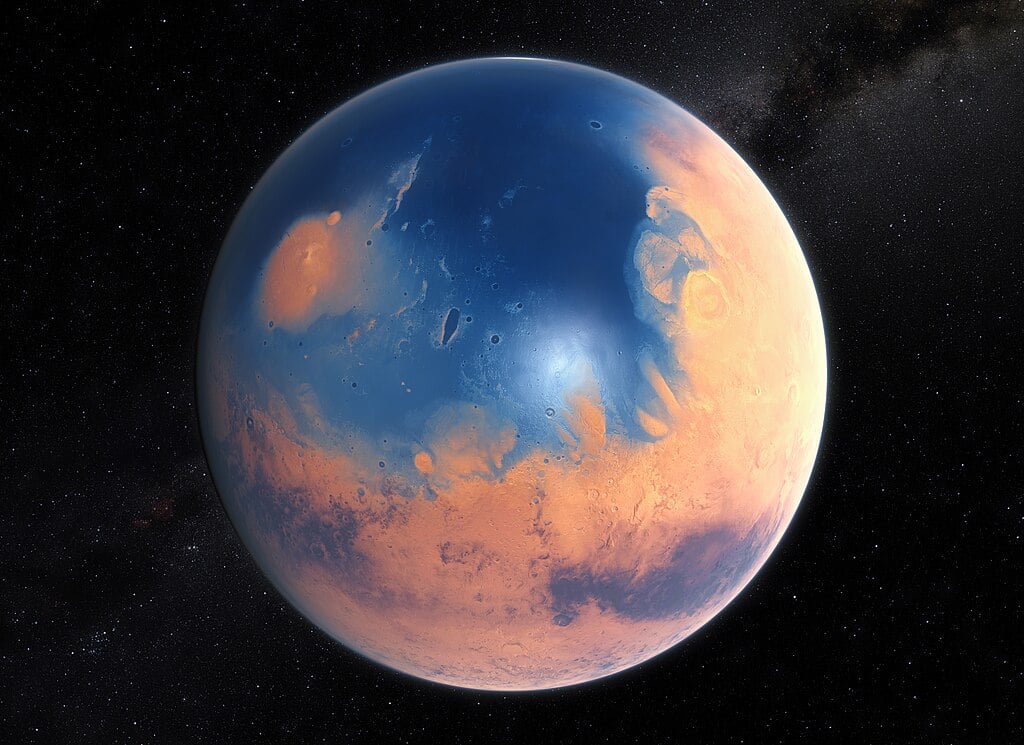
Analysis of the sedimentary layering in Jezero’s rocks suggests shifting water chemistries over time, with early acidic conditions giving way to more alkaline, life-friendly waters. As discovered by scientists analyzing mineral maps, these transitions could point to multiple episodes when water interacted with volcanic rock and dissolved minerals in ways that support habitability.
Those chemical shifts matter because many life forms on Earth prefer neutral to mildly basic environments. The fact that Mars seems to have cycled through favorable conditions adds weight to the notion that the planet was habitable across more than a narrow window.
4. The rock “Cheyava Falls” drew focus as a potential biosignature sample.
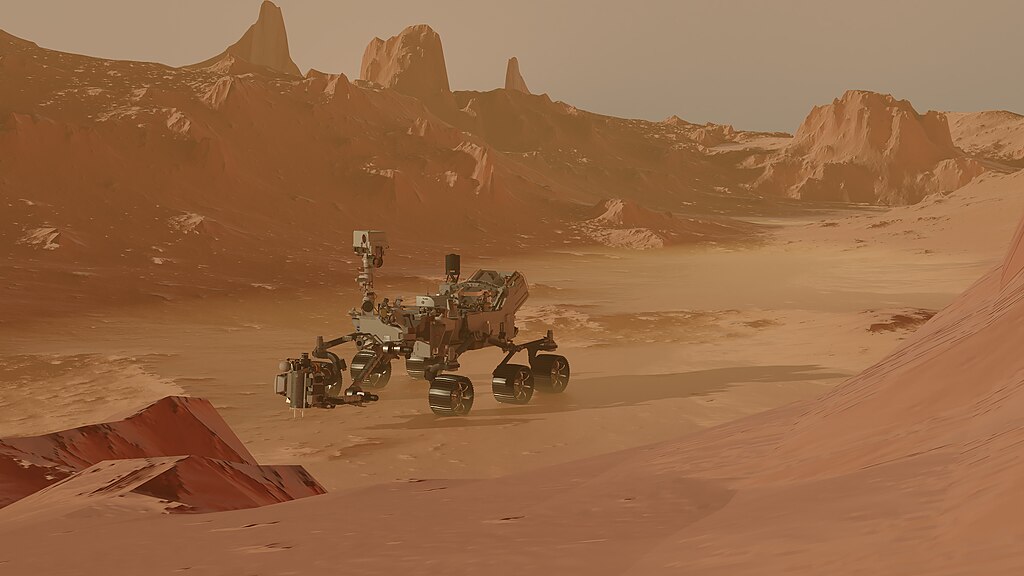
Cheyava Falls, sampled by Perseverance, contains the chemical and mineral anomalies that make it among the strongest candidate rocks for ancient biological influence. Its textures and compositions compel researchers to examine whether life left traces there. The sample is central to the ongoing investigation into Mars’s past.
Its location and mineral associations make it a key piece in the puzzle. If future analysis—especially when returned to Earth—confirms biological origin, Cheyava Falls could become a Rosetta Stone for Mars’s biological potential.
5. Sediments suggest multiple water presence episodes.

The geological record in Jezero Crater shows layered sediments consistent with repeated water inflow, lake processes, and drying phases. That complex history gives more than one window when life might have had a chance. The shifting environment implies not a static ancient Mars, but one of dynamic cycles and environmental change.
Those cycles could drive biological opportunity by creating energy gradients, nutrient flow, and ecological niches. Habitability requires more than a single wet moment—multiple episodes increase the chances of life taking hold.
6. Redox reactions likely powered chemical energy on Mars.
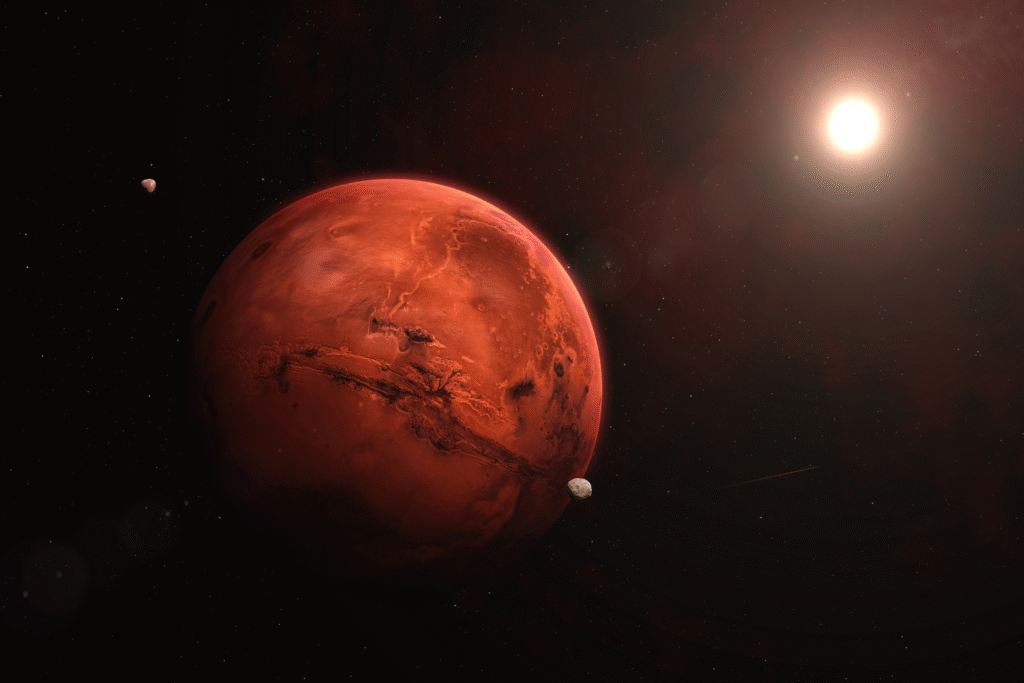
Minerals indicate that redox chemistry—where electrons move between molecules—was active in those ancient waters. That creates potential chemical energy gradients, which terrestrial microbes exploit. The presence of iron phosphate and sulfide suggests electrons could have transferred between compounds, offering plausible metabolic pathways.
On Earth, similar reactions drive microbial life in sediments and soils. If ancient Mars had those same gradients, then niches for primitive life could have persisted, especially in clay-water interfaces.
7. Phosphate minerals appear to have preserved over time.
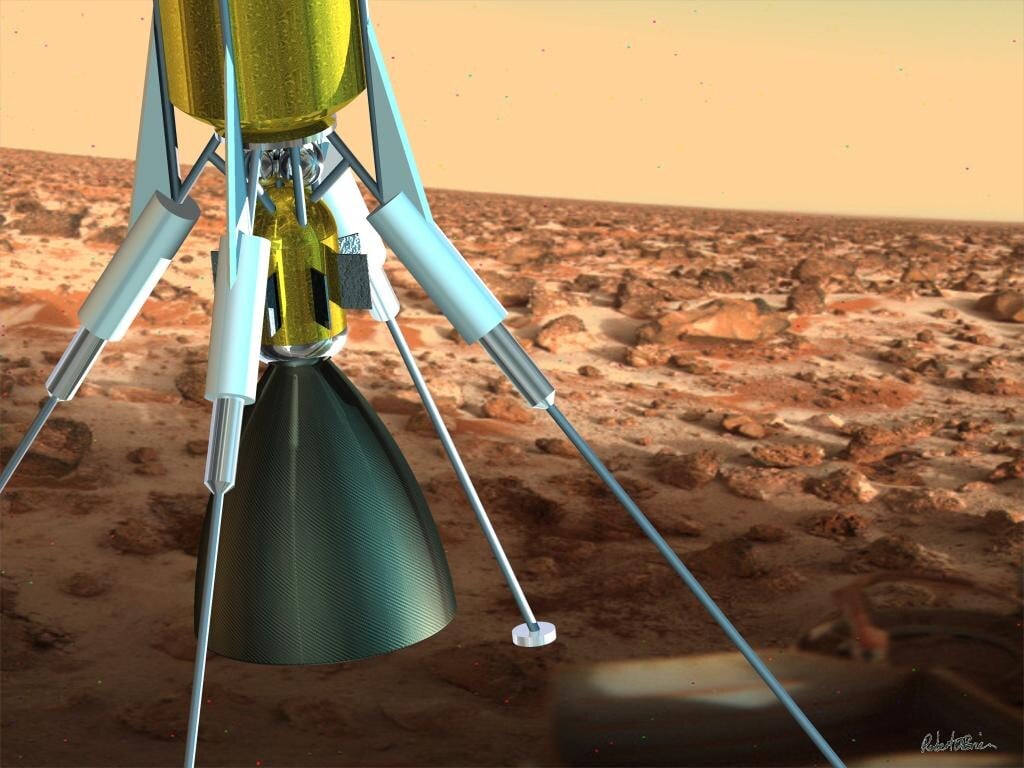
Phosphate, a key nutrient for life (for example in DNA, ATP), was found among the enriched minerals, and it appears to have resisted erosion and alteration over billions of years. Its preservation in those rocks suggests that crucial building blocks might survive long in Martian sedimentary deposits.
That durability raises hope for detection. If phosphate and organic carbon endure, then future missions may detect signals deep in sedimentary sequences rather than just on surfaces prone to weathering.
8. Mineral mapping confirmed widespread habitable chemistry.
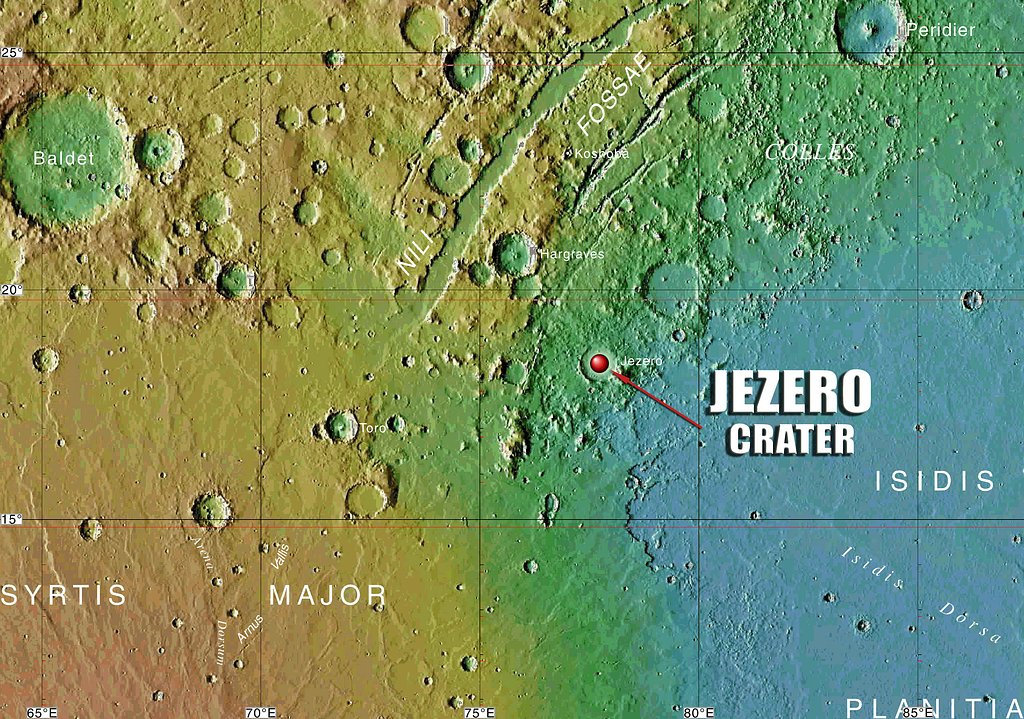
Remote mapping of Jezero’s terrain shows that the favorable minerals are not isolated to one rock, but span a broader region of the crater’s floor and inlet channels. This suggests that habitable conditions were not localized to one spot but may have occurred across swaths of the ancient environment.
That distribution matters. When habitability appears over broad regions, it implies Mars had more than ephemeral pockets of life possibility. The broader the habitable zone, the higher the odds that life, if it occurred, found a foothold.
9. The findings shift sample return priorities.

Because the strongest biosignature candidate rocks are identified now, missions to retrieve Martian samples should prioritize areas like Cheyava Falls and the Bright Angel formation. These rocks offer the best chance to return meaningful evidence to Earth laboratories.
Missions can’t return everything, so knowing where to aim matters. The newly confirmed habitable environments guide choices about drilling targets, caching strategies, and sample selection for maximum scientific return.
10. The discoveries refine criteria for habitability elsewhere.
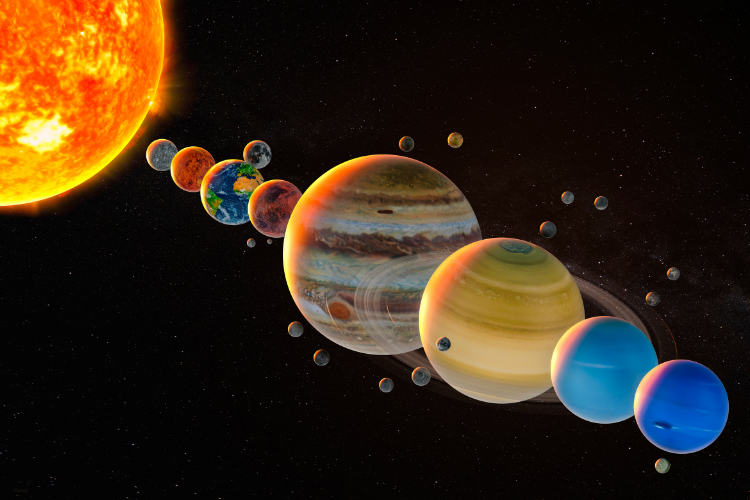
With this data, scientists can better define what to look for on other worlds—mineral suites, redox signatures, organic-mineral associations, repeated watery cycles. These become benchmarks for assessing habitability in icy moons, exoplanet surfaces, or subsurface regions.
In effect, Mars becomes a testbed for astrobiology across the solar system. Each new finding teaches what makes environments life-friendly or not, and polarizes promising targets elsewhere in space.
11. Proof of past life still requires sample analysis on Earth.

Despite all the promising hints, confirming ancient life on Mars demands high-precision laboratory tests not yet possible on Mars itself. Returning rock samples to Earth remains the gold standard to resolve ambiguity between biological and abiotic processes.
Until then, candidate findings must be treated cautiously. The story of ancient habitability is strong now, but definitive proof still waits on terrestrial labs to reveal the truth behind those mineral whispers.
